Where Road Roller is Used: From Highway to Landfill
The incorporation of technology into the construction industry and mechanization of construction processes is viewed from various perspectives. One of these perspectives is the introduction of equipment that deliver more and accurate work compared to traditional human power. Road rollers are some of the equipment commonly used in construction. They are simply made of drums and the engine body from which they are controlled.
The drum could be attached either at the front or at the back or at both ends depending on the roller type. Road rollers have complex hydraulic systems that control maneuverability and compaction forces.
The purpose of road rollers is to compact soils, dirt, and other construction material to required densities. Compaction is needed in construction of both roads and structures. Each compaction process is guided by set rules and standards depending on the properties of the road or structure.
Road rollers have reduced the time taken to compact material and increased efficiency. When done by humans, compaction would otherwise take long to complete and be inefficient when done over large areas due to human errors.
Contents
Road Construction
A. Primary use of road rollers in construction
Road rollers are commonly used in road construction. Their main purpose is to compact material for formation of stable bases and subbase. The degree of compaction varies depending on factors such as soil condition, and expected traffic loads. Compacting material increases the bearing capacity since particles are closely packed together. This principle allows road rollers to be used in construction of structures as well. Foundation materials are compacted to provide a stable base that will sustain the vertical load of the building.
B. Types of roads where road rollers are used
Road rollers are used in all types of road construction. However, the size and type of road rollers used vary depending on nature of the road and stage of construction. Each of these road types are discussed in detail below.
- Highways and express ways
Highways and express ways are considered the highest levels of road construction. Heavy traffic loads are expected on these types of roads; therefore, a high degree of compaction is needed for the base and subbase. All types of road rollers are used in construction of highways and expressways at different stages. Padded rollers are used in base compaction while flat rollers are used in leveling the subbase before the paving process. Pneumatic rollers are used to smoothen the asphalt surfacing.
- Urban and rural roads
Lesser traffic loads are expected on these roads compared to highways and express ways. This implies that the degree of compaction could be lesser. Lighter road rollers are used in urban roads construction to avoid damaging surrounding structures due to vibrations. Depending on the type of surfacing, pneumatic road rollers might not be needed in construction of these roads.
- Parking lots and driveways
Vehicular movement generates traction loads that is likely to damage roads if not properly compacted. Driveways and parking lots experience minimal traction loads meaning they don’t need much compaction. Depending on the size of the parking lot and driveway, compaction can be done using small or handheld road rollers.
C. Role of road rollers in road construction process
- Compaction of soil and base material
Road bases need enough strength to sustain design traffic loads. Compaction eliminates air pockets and closely packs the material particles together. The absence of space inhibits movement between particles preventing settling of road bases when subjected to traffic loads.
- Achieving proper density and stability
Presence of spaces in between soil and base material particles allows for accumulation of water molecules. The presence of water in road bases interferes with pressure distribution resulting in unstable road bases. Compaction using vibratory road rollers ensures all air and moisture is expelled leaving particles tightly packed together. The dense material packaging prevents movement of particles over each other for firm bases.
- Improving surface smoothness
Flat-surface Road rollers are used to smoothen road surfaces. After asphalt concrete has been placed and graded on the surface, smooth rollers pass over to closely pack the particles together. This eliminates air particles that would otherwise cause cracking of the surface. Pneumatic road rollers are also used to improve the surface consistency in asphalt surfaces.
Asphalt Pavement Construction
A. Utilization of road rollers in asphalt pavement construction
Road rollers play a crucial role in asphalt pavement construction. They are used to compact the asphalt concrete, ensuring its durability and smoothness. The rollers apply pressure to the surface, which improves its strength and stability. Additionally, road rollers help to create a uniform and even surface, enhancing driving comfort and safety.
B. Importance of compaction in asphalt construction
- Achieving proper density and durability
The roller applies pressure to compact the asphalt mixture, reducing air voids and enhancing its strength. This compaction process ensures that the asphalt achieves the required density, resulting in a durable pavement that can withstand heavy traffic and environmental stresses.
- Enhancing pavement strength and longevity
Road rollers apply consistent pressure to the asphalt concrete. This process reduces air voids. Eliminating air voids and spaces between asphalt particles inhibits movement between particles. This dense packing of asphalt prevents settling leading to longevity of the pavement.
C. Role of road rollers in asphalt pavement construction
- Initial compaction of base layers
By applying pressure and weight, the rollers compress the base materials, such as crushed stone or aggregate, achieving optimal density and stability. This compaction process ensures a solid foundation for subsequent asphalt layers, promoting long-lasting and reliable pavement structures.
- Intermediate compaction of binder and surface courses
Road rollers apply pressure to the freshly laid asphalt layers, compacting them to achieve the desired density. This compaction enhances the pavement’s strength, durability, and resistance to deformation
- Achieving uniformity and smoothness
By applying pressure and compacting the asphalt mixture, they eliminate irregularities and ensure a consistent surface. This results in a smooth and even pavement, enhancing driving comfort, reducing noise, and providing a safer road for vehicles and pedestrians.
Other Applications
1. Landfill construction
- Compaction of waste materials
Road rollers are used to compact landfill waste or recyclable materials, reducing their volume. This compaction increases storage capacity, optimizes transportation efficiency, and minimizes environmental impact by reducing the space required for waste disposal.
- Creating stable and safe landfill sites
Compaction increases the density of landfill waste and materials. This prevents spreading due to weather aspects such as rain and wind. Compaction also eliminates moisture content from the waste reducing chances of breeding for disease causing micro-organisms.
2. Sports fields construction
- Preparing the ground for sports surfaces
Compacting the base material using road rollers ensures stable and durable sporting surfaces. Stable bases allow for installation of equipment such as sprinklers for grass pitches and prevents cracking of paved tracks.
- Ensuring evenness and stability for performance and safety
Road rollers can be used to level the ground, compact it, for sporting purposes. The rollers smooth out the surface and remove unevenness enhancing player safety and improving the performance of athletes.
3. Trench and Pipeline construction
- Compacting trenches for underground utilities
Excavation leaves the bottom of trenches uneven. This makes it hard to install underground utilities such as sewer and water lines. Compaction using a road roller evens out the surface allowing a proper gradient. However, compacting in trenches is limited to specific trench sizes. Small trenches are impossible to compact using road rollers, alternatives such as the thumping rummer are used.
- Preventing settlement and pipe damage
The bedding material plays an important role in pipeline construction. It protects the pipe from damage by the uneven surface and sharp rocks at the bottom of the trench. Bedding material should be compacted to the right density to avoid settling. Settling can lead to pipe bursts or disconnection at joints.
Conclusions
Road rollers have multiple applications; including asphalt pavement construction, achieving proper density and durability, and preparing the ground for sports surfaces. They compact asphalt, level surfaces, ensure stability, and provide safe and durable foundations for various infrastructure projects. The are also used to compact waste materials in landfill constructions.
Road rollers play a crucial role in infrastructure development by compacting surfaces, ensuring durability, and creating stable foundations. They contribute to the construction of reliable and safe roads, highways, and other vital transportation networks.
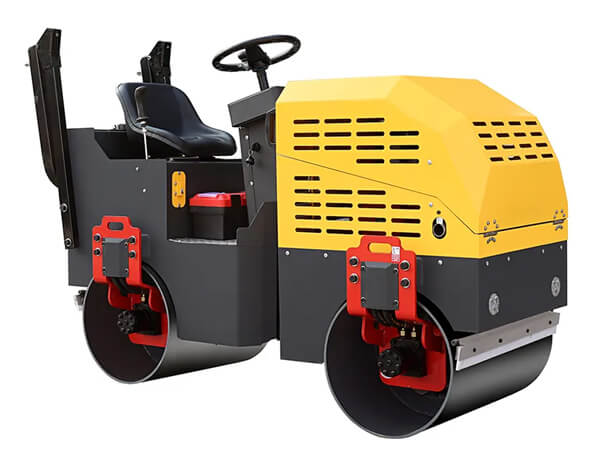
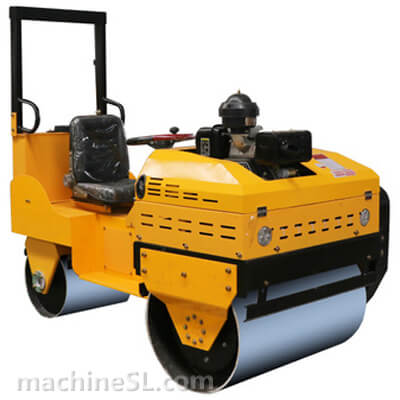
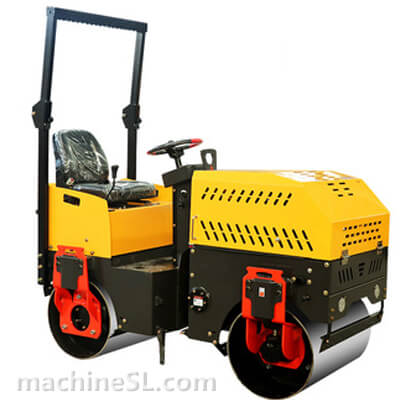
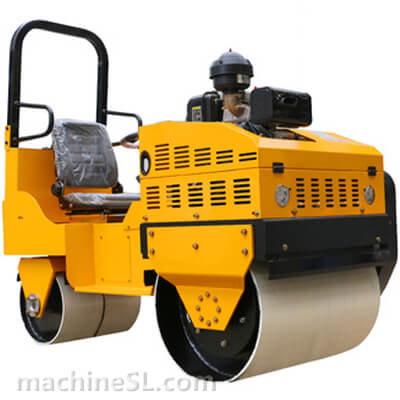
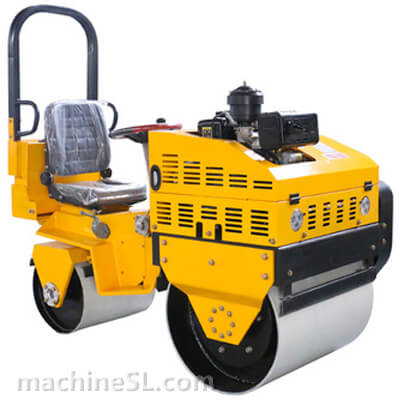
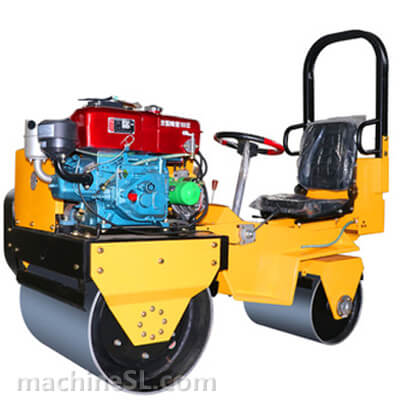
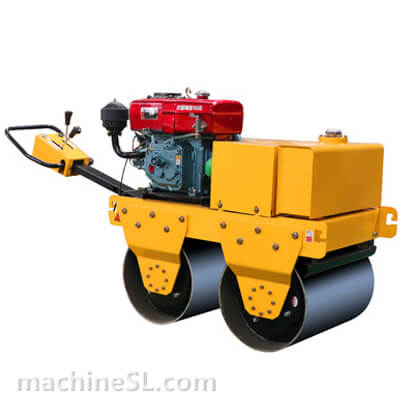
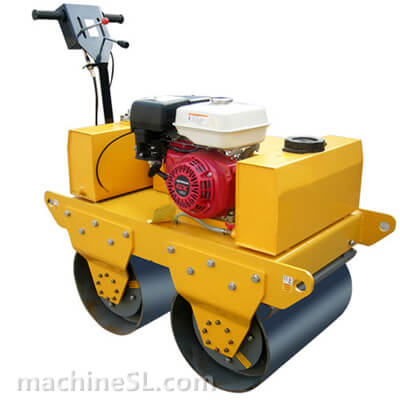
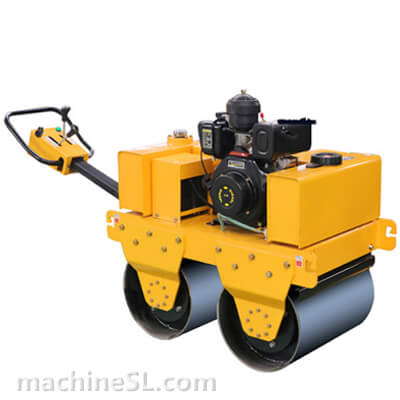
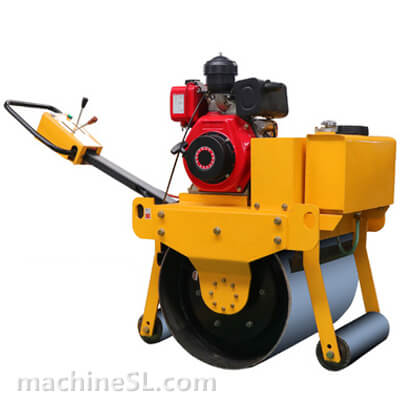
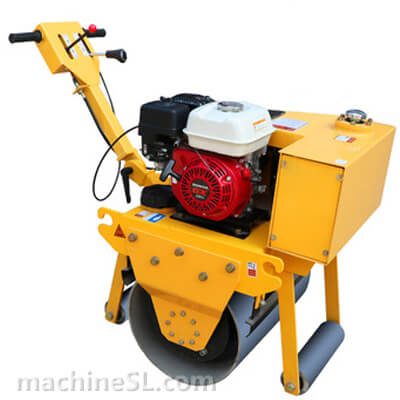
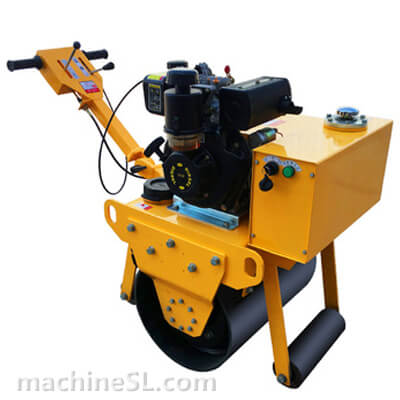
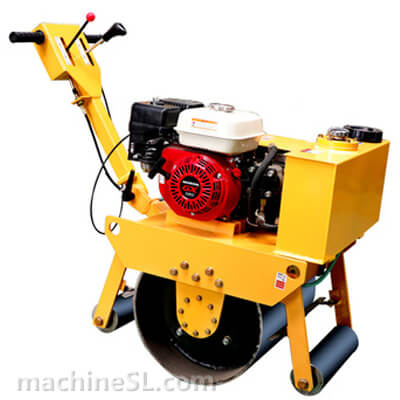
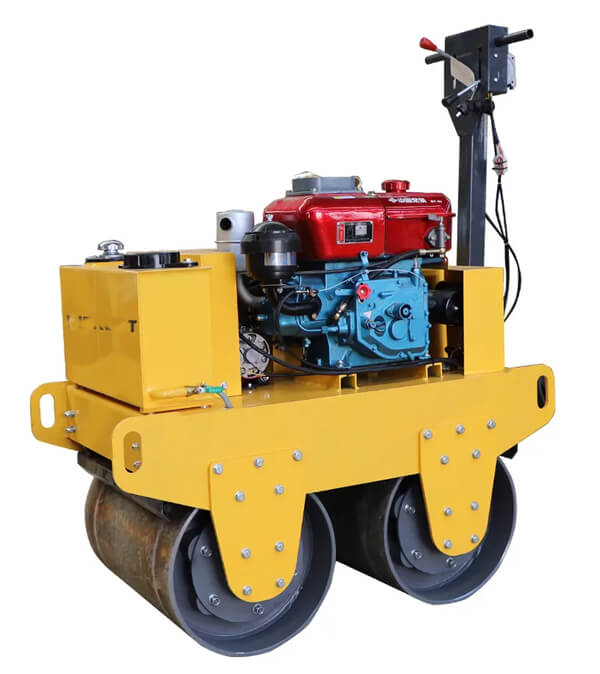
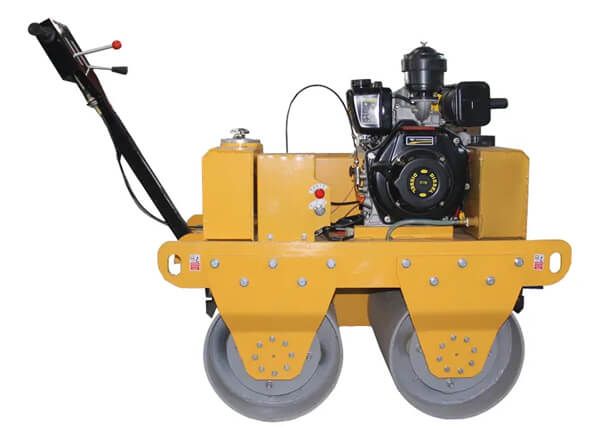
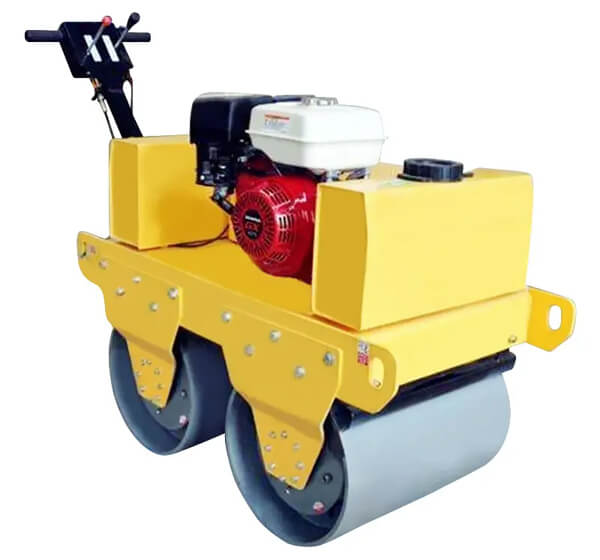


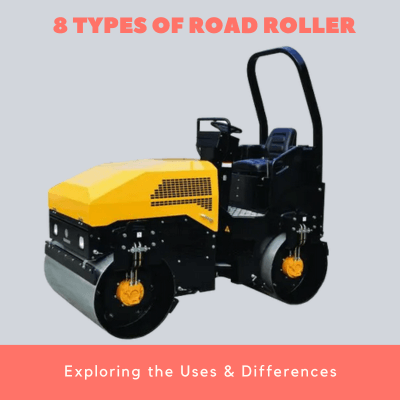


Leave A Comment